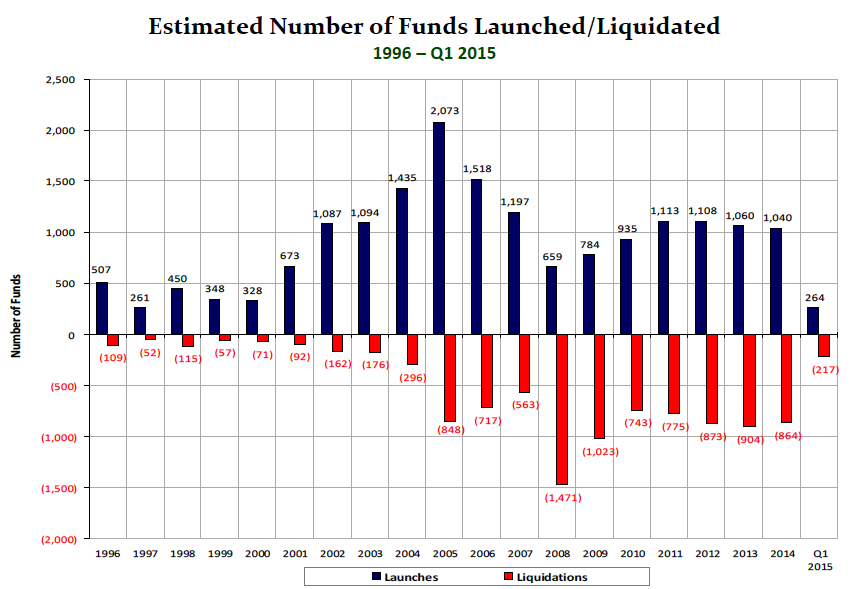Pension funds are beginning to incorporate equities into their liability-driven investing (LDI) strategies in an effort to protect funding ratios when interest rates start to rise.
“When short-term rates rise, the long-term ones may follow suit, undermining the worth of LDI.” —CREATE-Research investor surveyA survey of institutional investors, consultants, and fund managers by forecasting centre CREATE-Research showed a more “dynamic” approach to de-risking glide paths was emerging, including re-allocating to equities.
Private sector plans have begun creating dynamic LDI glide paths that favor rebalancing towards equities when bond allocations exceed their pre-set levels, the survey’s author and CREATE-Research founder, Professor Amin Rajan, wrote. “Some plans are wary of sticking to their original risk immunisation strategies, which never anticipated that yields would drop so low as to undermine bond investing.”
Rajan added that low rates and higher aging demographics “have sparked a downward spiral of rising liabilities, rising deficits, rising insolvency risk, and rising negative cash flow”. Extra contributions from plan sponsors “have eased the spiral, not reversed it,” meaning some pensions would have to take on more equity risk to improve their funding ratios.
One global consultant cited anonymously in the report said many pension funds adopted traditional LDI strategies when discount rates were between 5% and 8%. “As rates declined, more and more plans found LDI an unattractive option,” the consultant said. “When short-term rates rise, the long-term ones may follow suit, undermining the worth of LDI.”
Investors were “willing to give equities the benefit of the doubt”—despite some indexes hitting record valuations—because they believed recoveries underway in Japan and Europe would lead to improvements in company earnings that can support the high valuations.
The consultant said pension funds in Germany had increased equity allocations from 22% in 2008 to 26% in 2013. Public sector plans in Japan are dramatically expanding their traditionally low exposures to equity in the wake of a similar move by the country’s Government Pension Investment Fund.
CREATE-Research’s report—“Pragmatism Presides, Equities and Opportunism Rise”—covered 705 institutions from 29 countries overseeing $26.8 trillion in assets, and is available from the group’s website or from Principal Global Investors, which commissioned the report.
Separate research conducted by the CFA Society of the UK revealed a record proportion of its members believed developed market equities to be overvalued. Some 61% of respondents to CFA UK’s survey said developed equity markets were either “very overvalued” or “somewhat overvalued”—the highest level since the survey was launched three years ago.
Will Goodhart, chief executive of CFA UK, said quantitative easing and other market stimulus programs from central banks have driven valuations “well ahead of fair value”.
“The fact that a significant majority of respondents now regard developed market equities as overvalued means that there may be limited support for both equity and debt valuations in the face of potential increases in interest rates,” Goodhart added.
Related:The End of De-Risking & Investors Demand More LDI Innovation

 Source: HFR
Source: HFR